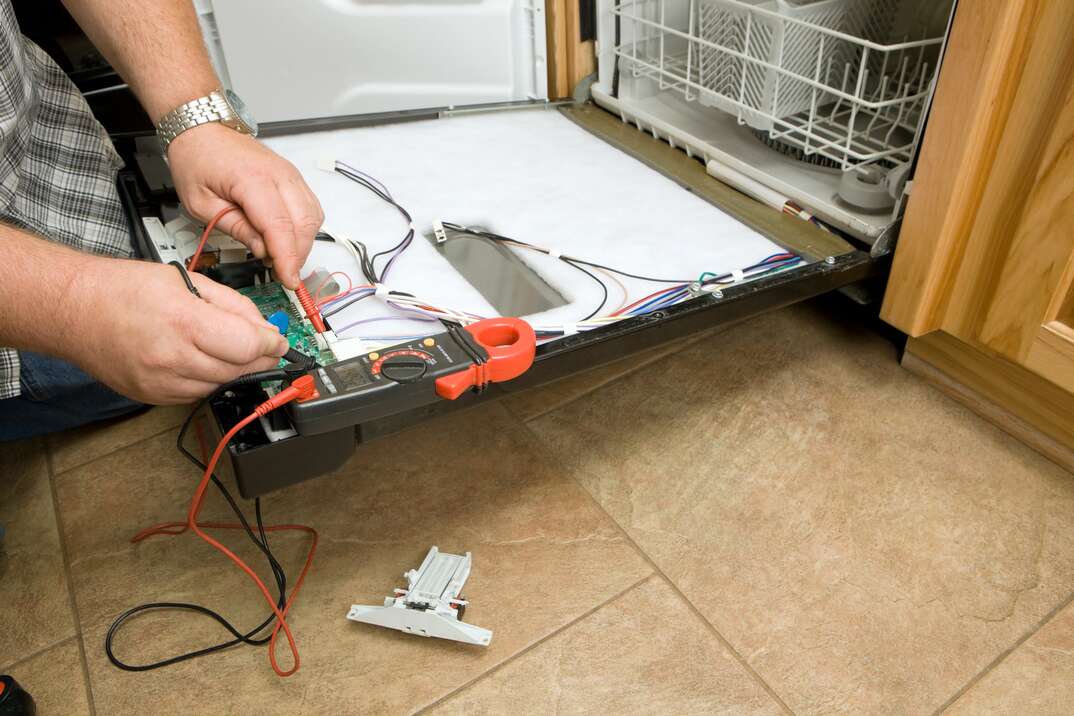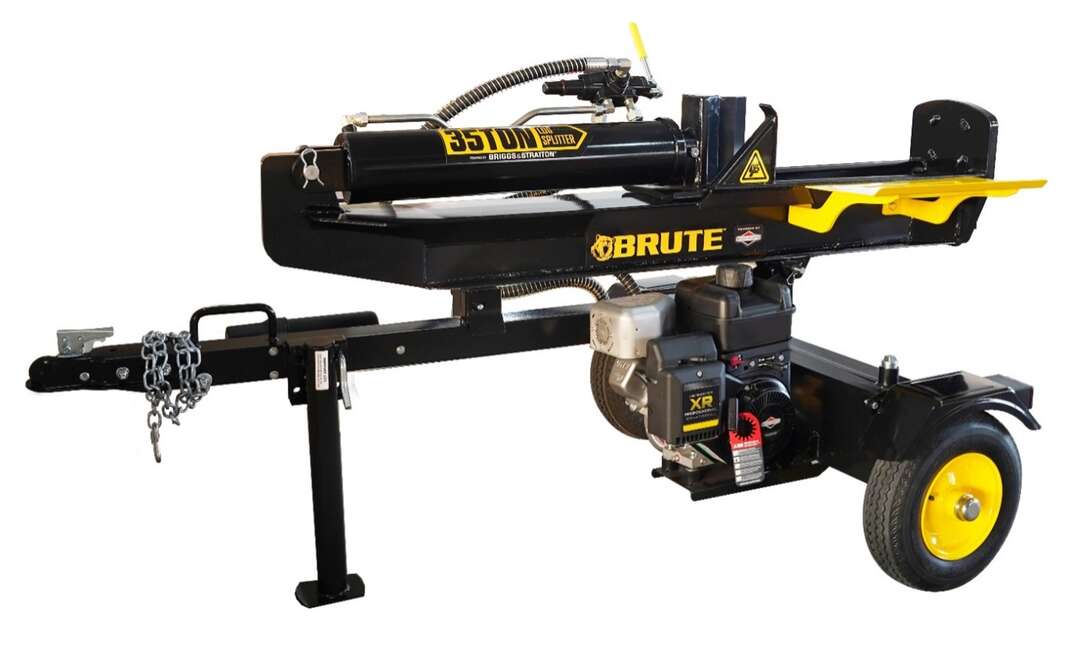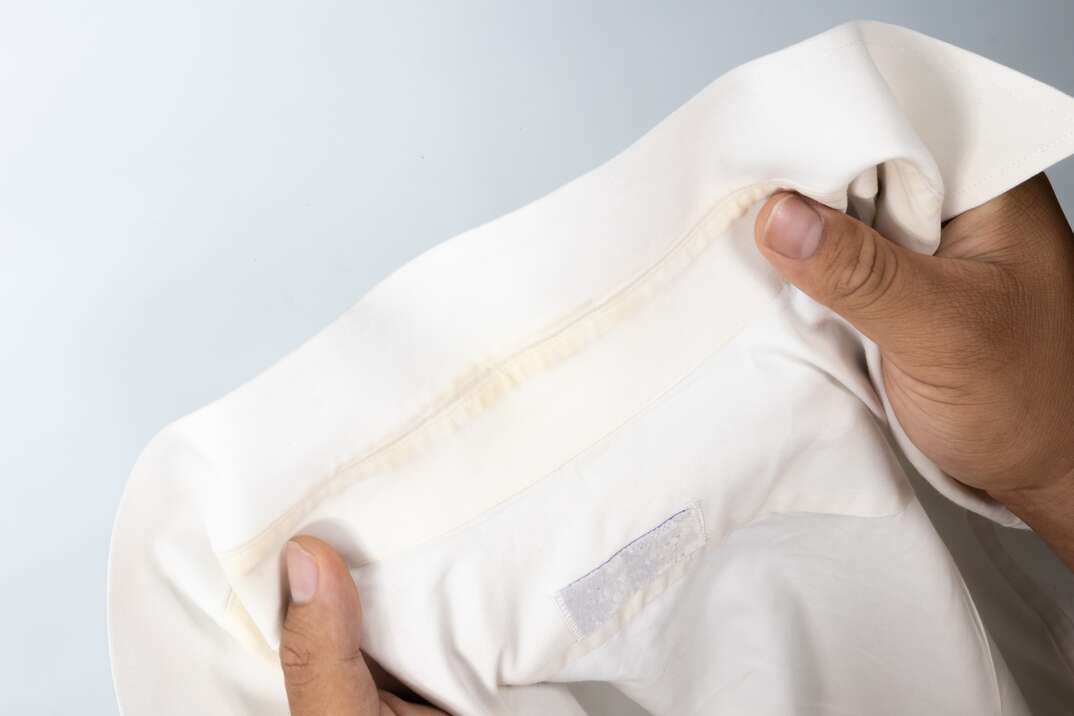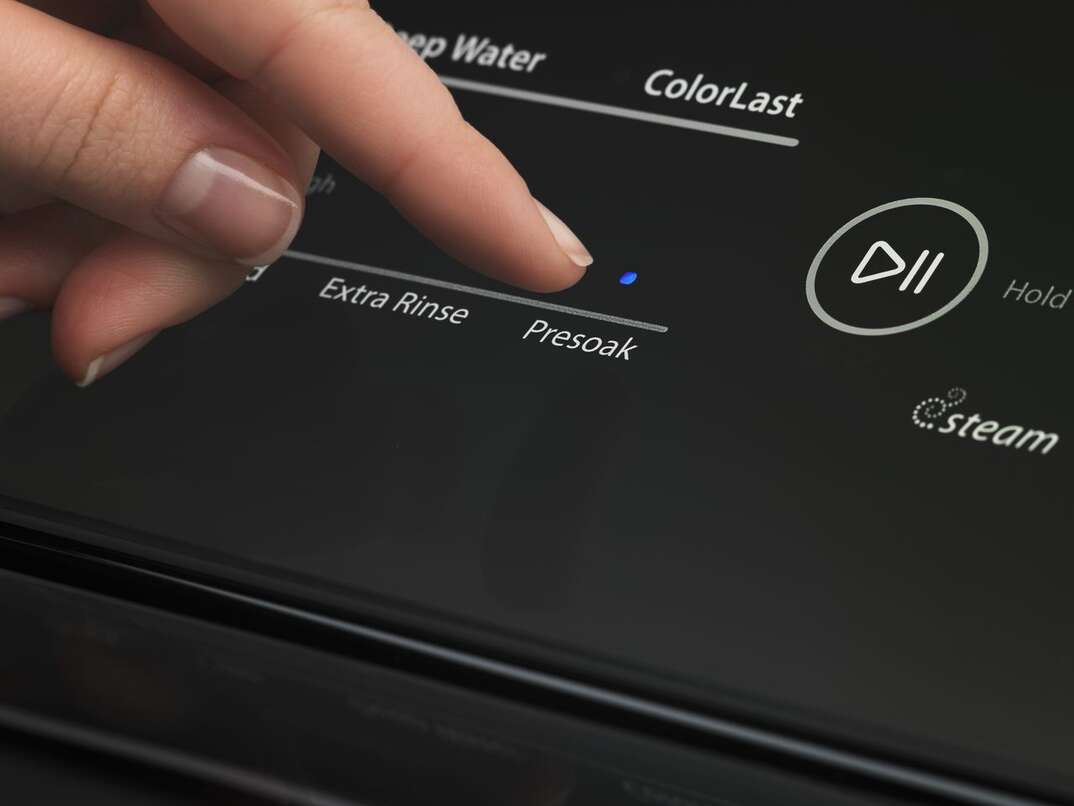Top 3 Most Frequently Repaired Dishwasher Parts

Did you know dishwashers are one of the most frequently repaired appliances? According to a survey by Consumer Reports, almost 25% of them break within the first five years.
This May Also Interest You: Should You Repair or Replace Your Dishwasher?
Therefore, there’s a reasonable chance you’ll need to find a dishwasher technician in your area at some point.
Most Commonly Repaired Parts on a Dishwasher
As we look at the three most commonly repaired dishwasher parts, keep in mind that repair costs may vary based on your location and the make and model of your appliance.
1. Spray Arm
Spray arms typically come in pairs, delivering powerful streams of water to all corners of the dishwasher’s interior. Both rotate continuously, spraying water downward and upward to ensure every dish is spotless.
The most common dishwashing repair faults are:
- The accumulation of food particles or mineral deposits clogging the nozzles
- Wear and tear over time, causing them to deteriorate
- One or both arms becoming misaligned, leading to ineffective water distribution
Issues resulting from these faults include:
- Inadequate water coverage, leading to poorly cleaned dishes
- Visible debris on the dishes after a wash cycle
- Unusual noises during the cleaning cycle
Price to Repair or Replace
HomeGuide says repairing or replacing a dishwasher spray arm typically costs between $80 and $200 (CAD 109 and CAD 272).
Maintenance Tips
Regular cleaning can significantly prolong the life span of spray arms and prevent the accumulation of debris that can hinder their performance. Here are some things you can do to minimize repairs:
- Regularly run the dishwasher in a rinse or heat-dry cycle without any dishes, allowing the spray arms to wash away any residual food particles or detergent residue.
- Using a manufacturer-recommended solution, descale the dishwasher regularly to remove mineral buildup.
- Regularly inspect the spray arms for signs of wear and tear, such as loose joints, worn-out nozzles or cracks.
More Related Articles:
- How Much Does a Dishwasher Cost?
- Why Isn’t My Dishwasher Draining?
- Don’t Get Lost in the Wash: How to Use Your Dishwasher Efficiently
- Weird Sound Coming From the Dishwasher? How to Diagnose Dishwasher Noises
- The Filth Shall Get Them Clean: Why You Don’t Need to Pre-Rinse Your Dishes
2. Door Latch
The door latch is a crucial safety mechanism, preventing water from leaking out of the machine and ensuring proper operation. When the door is securely latched, the dishwasher's wash and dry cycles can proceed without water spilling onto the floor or causing damage to the appliance.
The most common dishwasher repair faults are:
- Dirt, debris or rust accumulating within the latch mechanism over time
- The spring that provides tension within the mechanism breaking
- The latch and strike plate becoming misaligned
- Frequent use causing the latch bolt to become bent or damaged
Issues resulting from these faults include:
- The latch becoming sticky or difficult to operate
- Intermittent pauses in the washing cycle because the door isn’t latching
- Water leaks from the appliance’s door
Price to Repair or Replace
Repairing or replacing a dishwasher door latch typically costs between $90 and $160 (CAD 123 and CAD 218).
Maintenance Tips
Regular maintenance helps keep your dishwasher’s door latch working smoothly. Here are a few tips that may keep your latch in tip-top shape:
- Regularly inspect it for signs of looseness or misalignment.
- Grime and dirt buildup are common, so regularly clean the latch mechanism with a damp cloth and apply a light lubricant, such as WD-40 or silicone spray.
- Always close the door gently to avoid putting excessive strain on the latch.
3. Heating Element
The heating element’s primary function is to raise the temperature of the water to an optimal level, typically between 140°F and 150°F (60°C and 66°C). This enables the detergent and spray arms to effectively remove residues from dishes and eliminate harmful bacteria within the washing area. The element also helps the drying process by evaporating water from dishes and utensils.
The most common dishwasher repair faults are:
- Exposure over time to harsh substances, such as detergents and hard water, causing corrosion or rust
- Hard water building up calcium deposits on the heating element, hindering its ability to heat water effectively
- Repeated heating and cooling cycles putting a strain on the heating element, leading to burnout
- Thermostat malfunction, either overheating the water or preventing it from heating water to the desired temperature
- Faulty wiring, connectors or other electrical components disrupting the flow of electricity to the heating element, often due to power surges or excessive vibrations
Issues resulting from these faults include:
- Inadequate heating of water, leading to ineffective cleaning
- Extended duration of wash cycles
- Visible deposits or residue on dishes after washing
Price to Repair or Replace
Repairing or replacing a dishwasher heating element typically costs between $200 and $350 (CAD 272 and CAD 475), according to HomeGuide.
Maintenance Tips
Dishwasher troubleshooting often means accessing the part directly, but maintaining a heating element is typically done indirectly. Here’s what you can do to maintain yours:
- Regular descaling with a dishwasher-safe solution can effectively remove mineral deposits.
- Loading the dishwasher strategically ensures adequate space for air circulation and heat dissipation.
- Using a dishwasher-safe solution to clean the interior and spray arms prevents problems.
All CAD conversions are based on the exchange rate on the date of publication.


